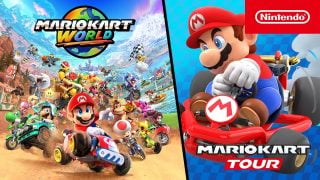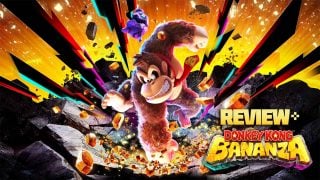Video games have the unique potential to serve as a sort of international language for those that enjoy them. With the exception of many text-heavy, narrative-driven games; this medium for interactive and visual storytelling is a perfect way to break down communication barriers. The best examples I can think of are games like Super Mario Bros. and Tetris. These titles can be understood and enjoyed by anyone in the world almost instantly, with virtually no need for verbal or written explanation.
Watching the brand new Japanese trailer for Pokémon Sun and Moon got me thinking along these same lines. It seems to position the new games, and (in a way) the entire series, as a meeting place for kids from around the world. Pokémon is perfectly suited to this task, as it is built on a set of childhood interests that have innate, universal appeal: collecting, learning and sharing.

In the past, though kids of many nationalities became fluent in the written language of Pokémon – Its world, the Pokédex, and the art of battle – its spoken language was more or less isolated to playgrounds and lunchroom tables. The Game Boy link cable made unimaginable things possible, but the thought of sharing these experiences and conversations on a global scale was straight up science fiction back then.

Since those early incarnations, we’ve seen evolutions to the formula that have grown the scope of Pokémon’s inter-connectivity in massive ways. Local wireless communication made battling friends, and the occasional stranger on a bus, simpler and more plausible than ever. Taking battles and trading online in more recent generations took things a step further, and for the first time allowed a very basic level of international dialogue among its players. Encountering and swapping Pokèmon with trainers from other countries and cultures is an amazing experience, and it landed this worldwide community within a stone’s throw of what I see as its ultimate destination: A fully shareable, worldwide experience.
So what would it take to get us the rest of the way there? Well, some clues from other recent Nintendo games and the way Sun and Moon have been presented and marketed thus far could be strong indications of what that communal global experience might look like.
Take a look at The Legend of Zelda: Tri Force Heroes, for example. Zelda is another series that does most of its storytelling visually, so it’s pretty simple to pick up and play. What Tri Force Heroes did differently, though, is translate this experience into a shared one that demanded communication but didn’t rely on language. Its solution was to use what are essentially emojis in a clever way to allow players from around the world to communicate, collaborate and solve problems together, sans language. It’s a simple, perhaps crude system, but it has massive potential in the future of online, international gaming.

This brings me back to the new Pokémon trailer. I don’t think it’s a coincidence that the trailer went to great lengths to show how Pokémon can bring kids together despite cultural and linguistic differences. We also already know that Nintendo and Game Freak are shooting for their first worldwide launch with this new set of titles, including some regions and languages that are brand new to the franchise.
With all this emphasis on language, could there be some new kind of evolution lurking in Pokèmon Sun and Moon that we don’t know about yet? Some brand new way for kids of all ages to explore, learn and share their experiences with like-minded but culturally diverse trainers around the globe? I think it’s absolutely time for Pokèmon to take a step further down that path.


